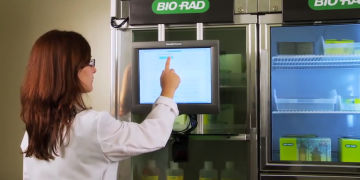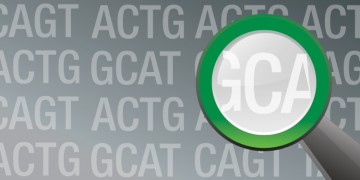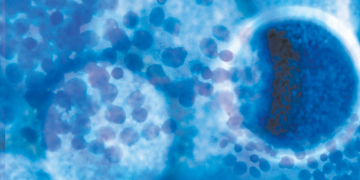
Solar Power Shines as a Bright Alternative to Fossil Fuel: Sustainability Part Two

Green Thinking Sparks New Ideas, Better Programs: Sustainability Part One

Bio-Plex® System in Korea — Seeking to Improve Outcomes for Cancer Patients

New Multiplex Assays for Th17 Cytokine Research

PrimePCR™ Lookup Tool

A New Paradigm for Precise Quantitation of RNA

Introducing iTaq Universal Supermixes for Highest Quality qPCR Results on Any Instrument

Third Generation PCR

Around the World with the ChemiDoc™ MP Imaging System


